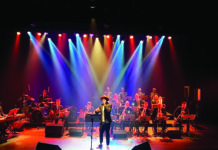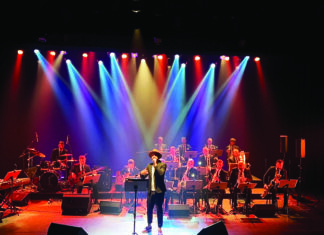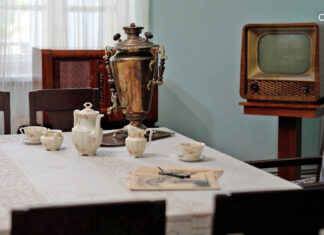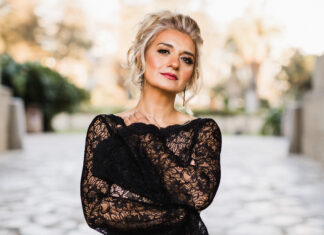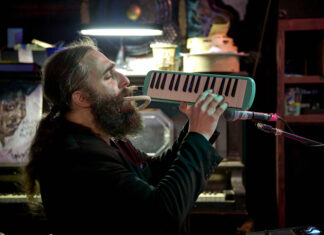YEREVAN — Embroidery artist, curator and writer Lizzy Vartanian lives between London and Yerevan. She was born in 1993, in London, to an Armenian mother and an English father (Collier). She has a degree in art history and a diploma in law. She has written for the likes of Artsy, Dazed, the Guardian, Harper’s Bazaar Arabia and Vogue Arabia to name a few. Her activity is diverse: from curating shows in the UK, Jordan, Armenia and Yemen, giving talks and writing exhibition texts for galleries. She has given workshops at institutions including Victoria and Albert Museum, Leighton House, the Other Art Fair and Darat Al Funun. Her work has been exhibited at the Royal Academy of Art and featured on Grayson Perry’s Art Club. She has led workshops in Palestinian, Jordanian, Syrian and Armenian embroidery styles. She also established Gallery Girl, a London-based curatorial platform and website dedicated to modern and contemporary art from across the globe.
Lizzy, the stereotype for embroidery artist we imagine a 19th century woman or a traditional grandmother, not a Western young lady like you. In this day and age, how does such a “slow” art form like embroidery survives?
While people think of embroidery as being very old fashioned, it is a staple in high fashion and couture. So, it is actually also very modern. For many people, like me, embroidery is a skill passed down from one generation to another.
Embroidery is an ancient artform, but many young artists are finding ways to make it contemporary. I think that embroidery is extra special right now by the very fact that it is slow. When everything in life is so fast, it allows us to sit down and relax. For me personally, it really helps me to stay calm in difficult of stressful situations.
Some compare embroidery with poetry or music. What do you think?
I never thought of it that way, but I can see why the comparison is made. I think embroidery is an act of love. It is very physical, your hands can get tired, it takes time. There is a lot of effort involved. If you make a mistake, it can take even longer to correct it. When you make something for someone, it is because you care deeply for them. It is because you love them.






